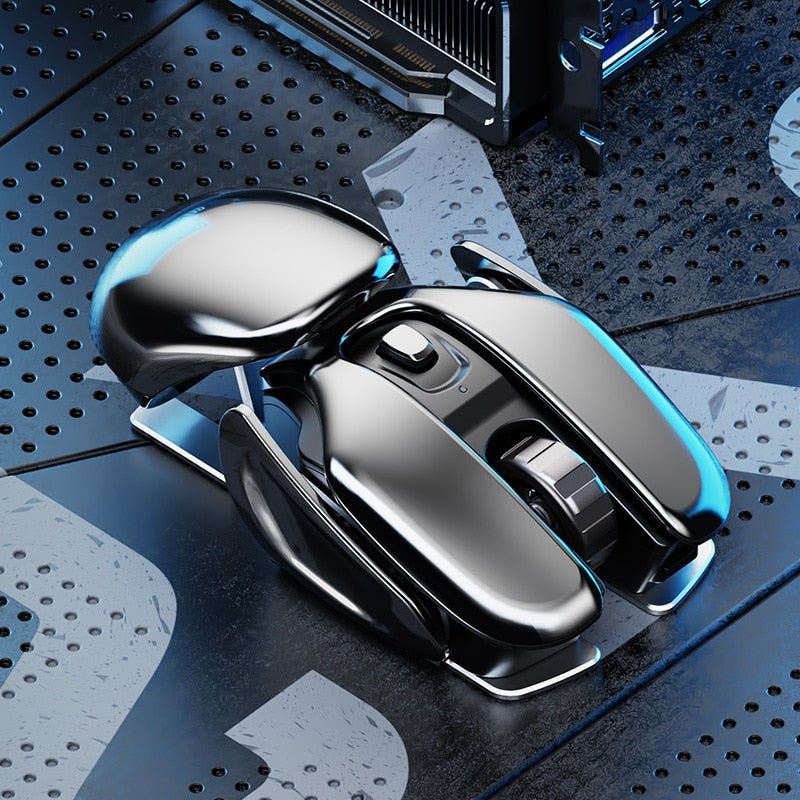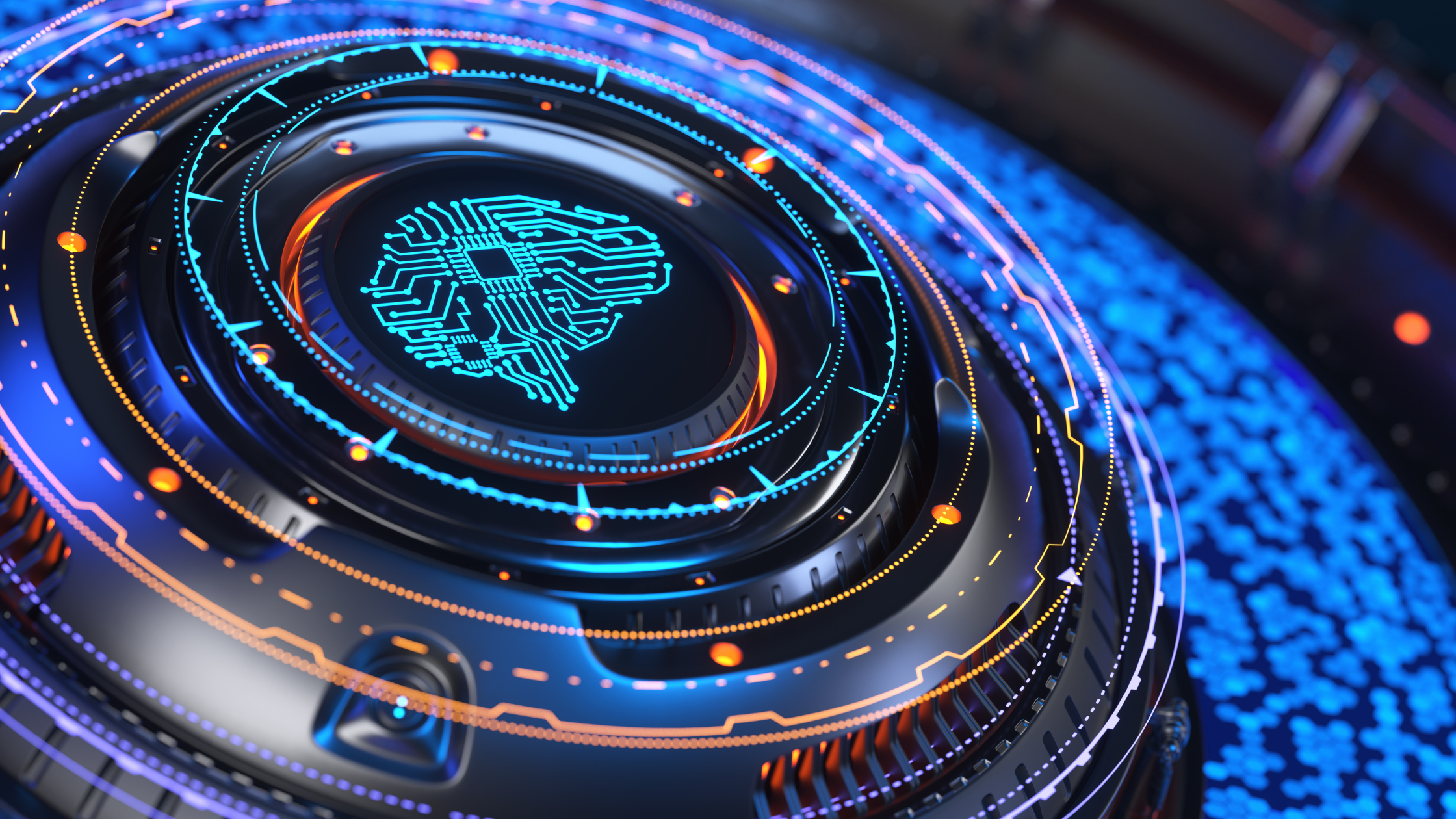The history of computers is a fascinating journey through time, highlighting human ingenuity and technological advancements. From the early days of the abacus to the rise of artificial intelligence, this blog will take you on a comprehensive timeline of the history of computers, illustrating how far we have come and hinting at what the future might hold.
1. Ancient computing devices (2400 BCE – 500 CE):
The early history of computing can be traced back to ancient civilizations like Babylon, Egypt, and China. The abacus, believed to have been invented around 2400 BCE, is considered the first computing device, enabling users to perform arithmetic calculations through a system of beads and rods.
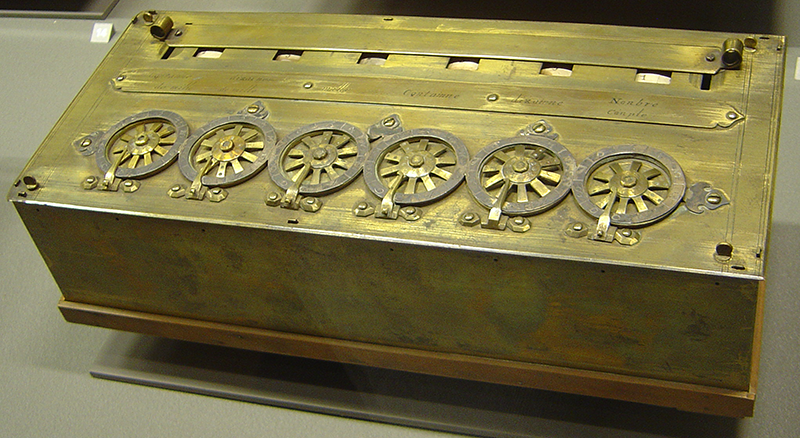
2. Mechanical calculators (1623 – 1900):
The development of mechanical calculators marked a significant leap forward in the history of computing. Wilhelm Schickard invented the first mechanical calculator in 1623, while Blaise Pascal and Gottfried Wilhelm Leibniz also made significant contributions to the field.
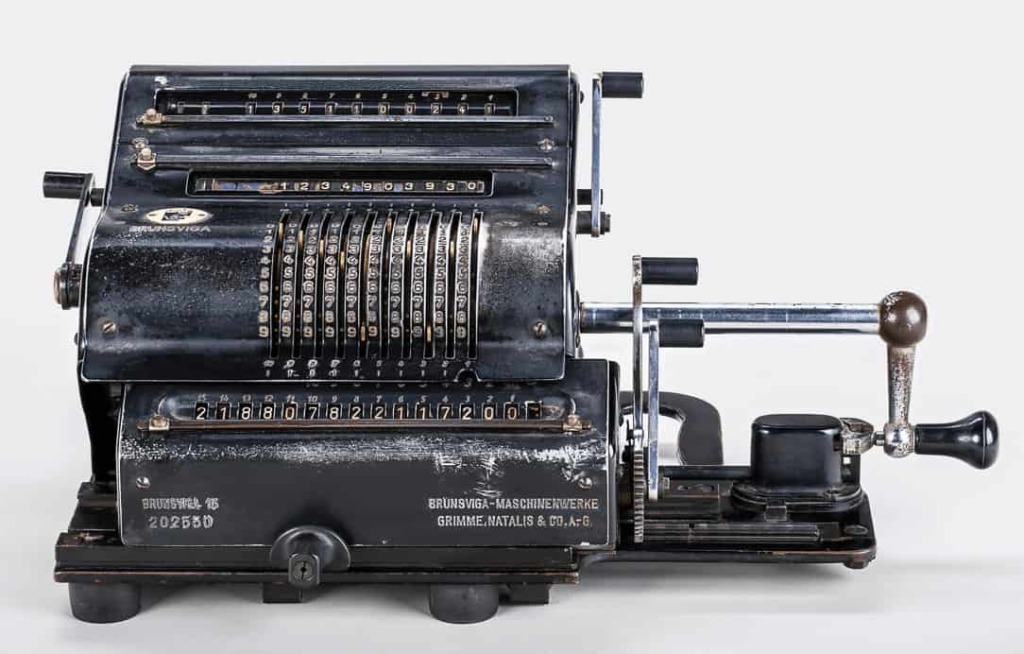
3. Charles Babbage and the Analytical Engine (1837):
Charles Babbage, often referred to as the “Father of the Computer,” designed the Analytical Engine, a mechanical computer capable of performing various calculations using punch cards. Although never fully built, the Analytical Engine laid the foundation for modern computing.

4. The electromechanical era (1930s – 1940s):
The 1930s and 1940s saw the rise of electromechanical computers, like the Harvard Mark I and the Colossus. These machines used electrical switches and relays, marking a significant step toward electronic computing.
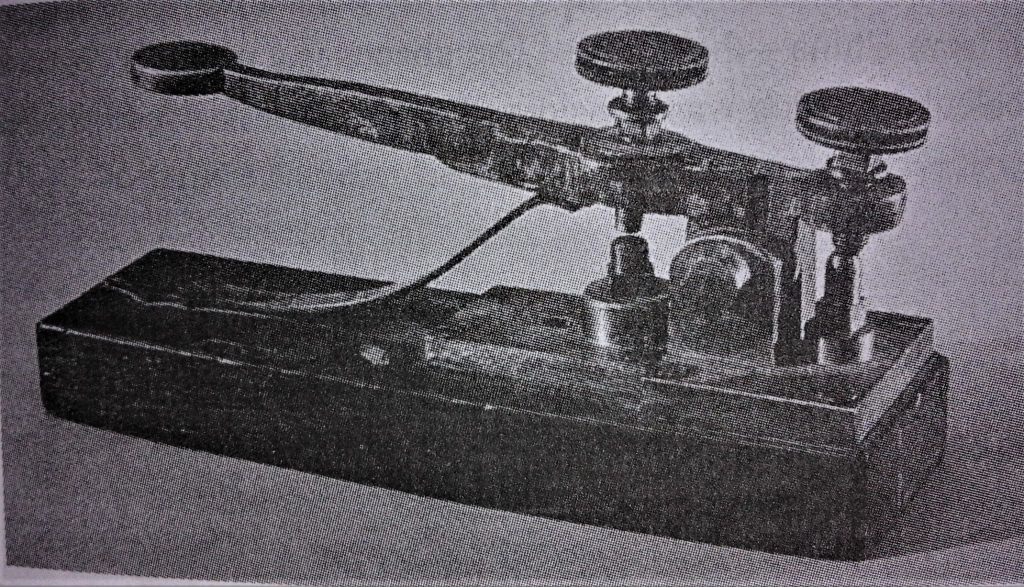
5. The invention of the transistor (1947):
The invention of the transistor by John Bardeen, Walter Brattain, and William Shockley revolutionized computing by enabling the development of smaller, faster, and more energy-efficient electronic devices.
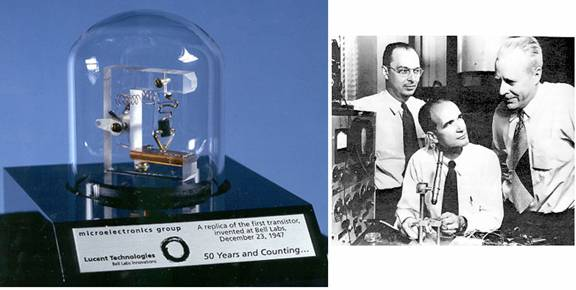

The programmable Ergonomic RGB Game Master Mouse is the ultimate gaming mouse for serious gamers. This mouse features an ergonomic design that fits comfortably in your hand, allowing for hours of gaming without discomfort. The mouse has customizable RGB lighting that can match your gaming setup’s color scheme.
6. The age of mainframe computers (1950s – 1960s):
Mainframe computers, such as the IBM 701 and the UNIVAC I, dominated the computing landscape during this period. These large, expensive machines were typically used by government agencies, research institutions, and large corporations.
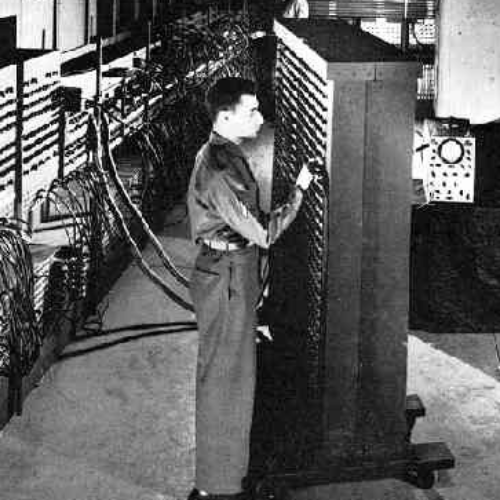
7. The rise of personal computers (1970s – 1980s):
The 1970s and 1980s marked the beginning of the personal computer revolution, with the introduction of machines like the Apple II, IBM PC, and Commodore 64, making computing more accessible and affordable for the masses.

8. The World Wide Web (1989):
Sir Tim Berners-Lee’s invention of the World Wide Web transformed the way we interact with computers, ushering in the age of the internet and connecting people across the globe.
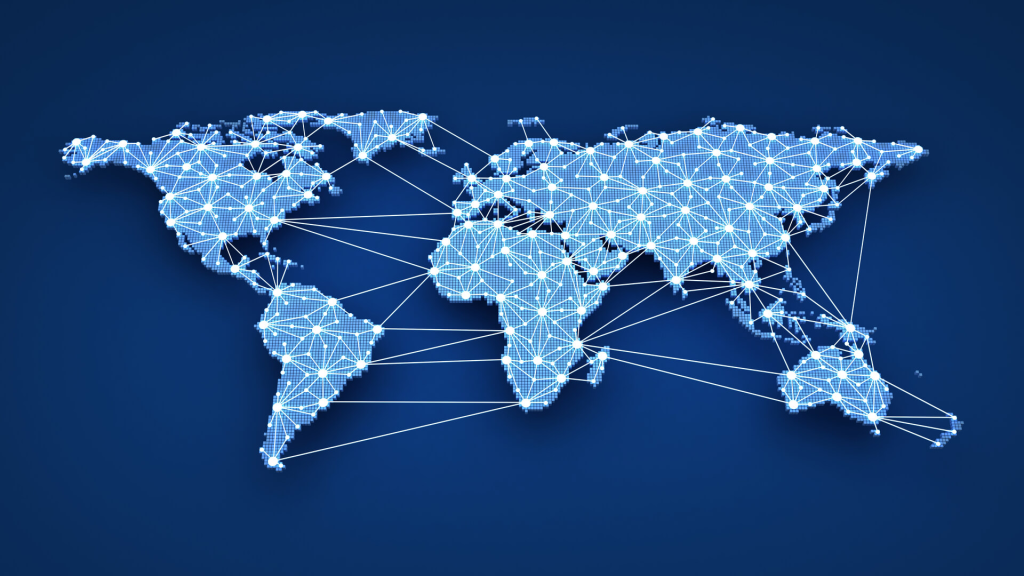
9. The era of smartphones and mobile computing (2000s – present):
The rise of smartphones and mobile computing has fundamentally changed the way we access and interact with information, enabling us to stay connected and access powerful computing resources anytime, anywhere.
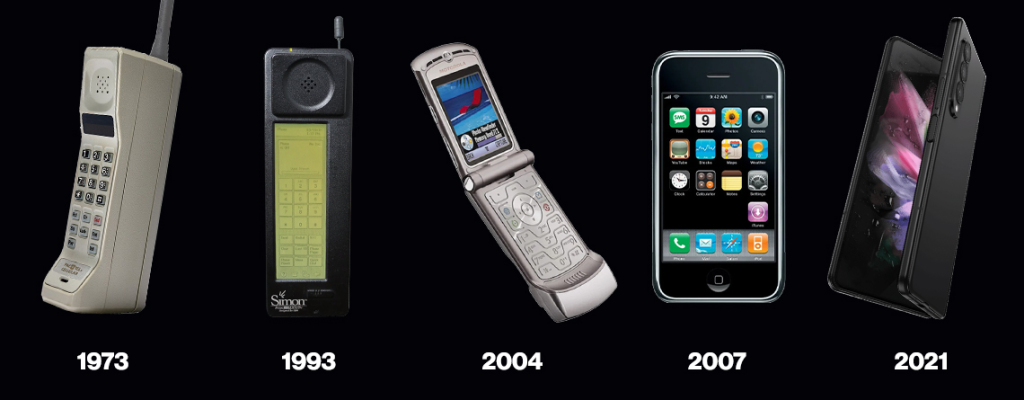
10. Artificial intelligence and machine learning (21st century):
The advancements in artificial intelligence (AI) and machine learning are shaping the future of computing, as machines become increasingly capable of learning, understanding, and adapting to the world around them.
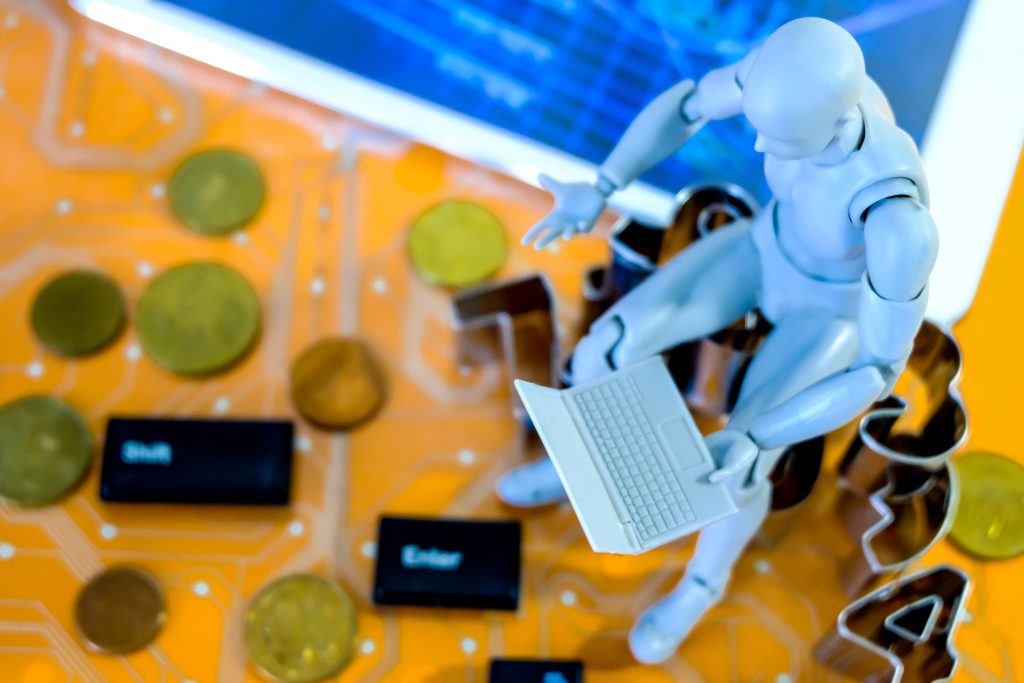
The history of computers is a testament to human innovation and our relentless pursuit of progress. From the ancient abacus to cutting-edge AI, the journey of computing has been marked by incredible breakthroughs and transformative inventions. As we continue to push the boundaries of technology, it’s exciting to imagine what the future of computing might hold.



